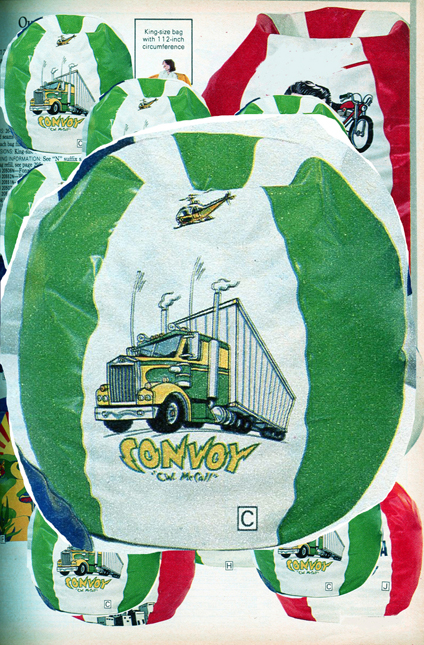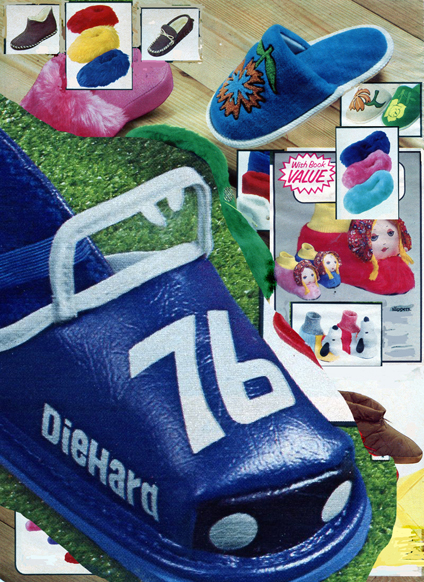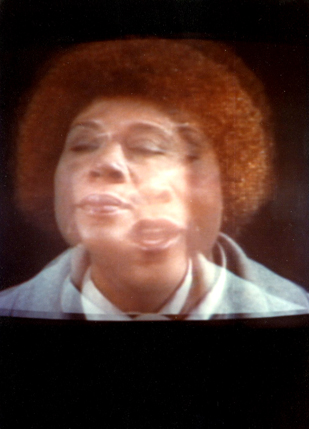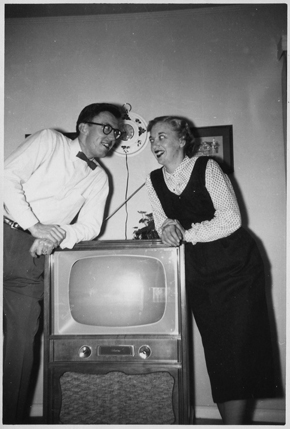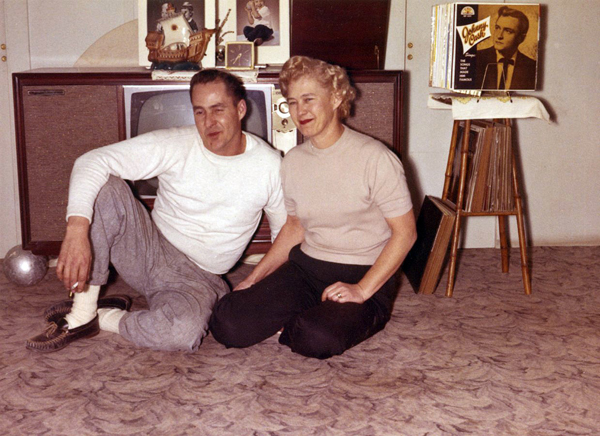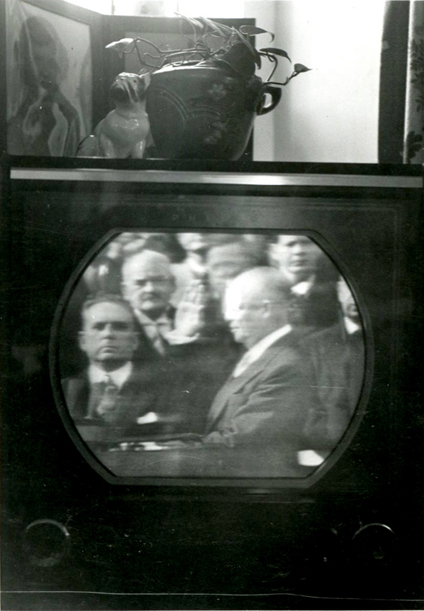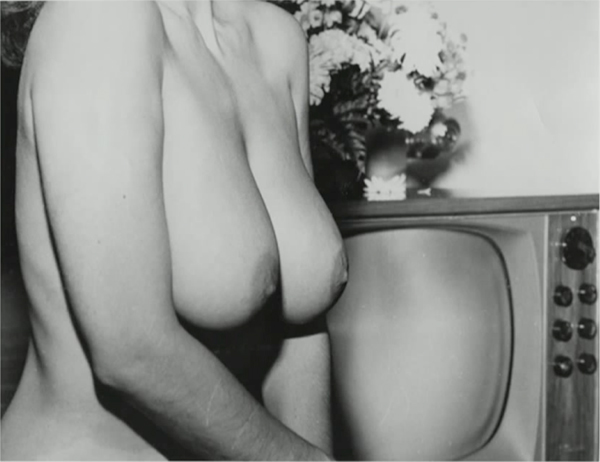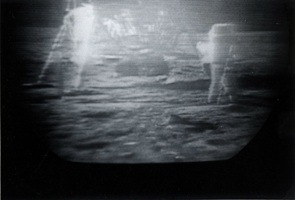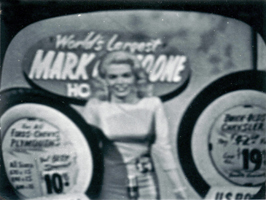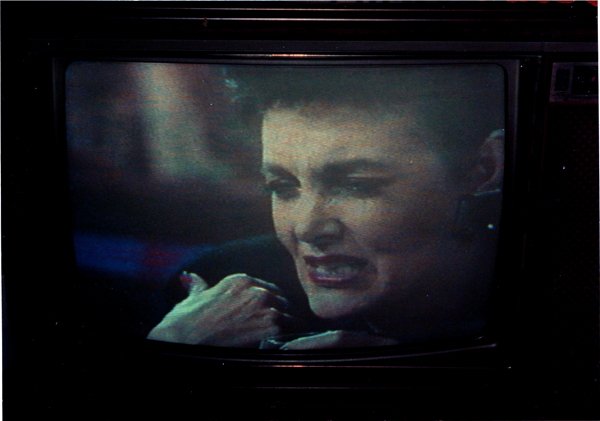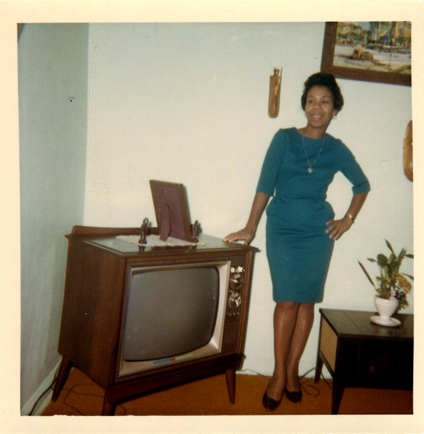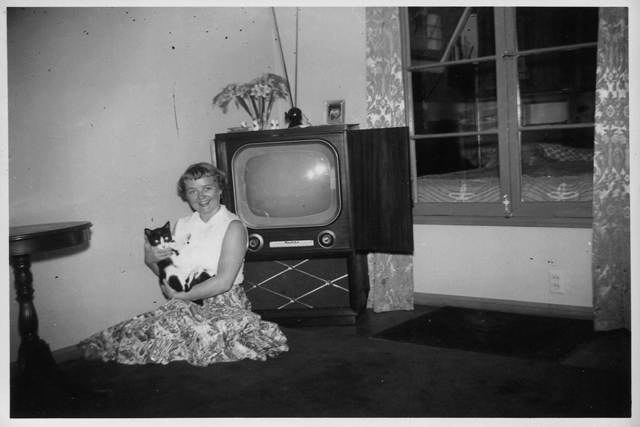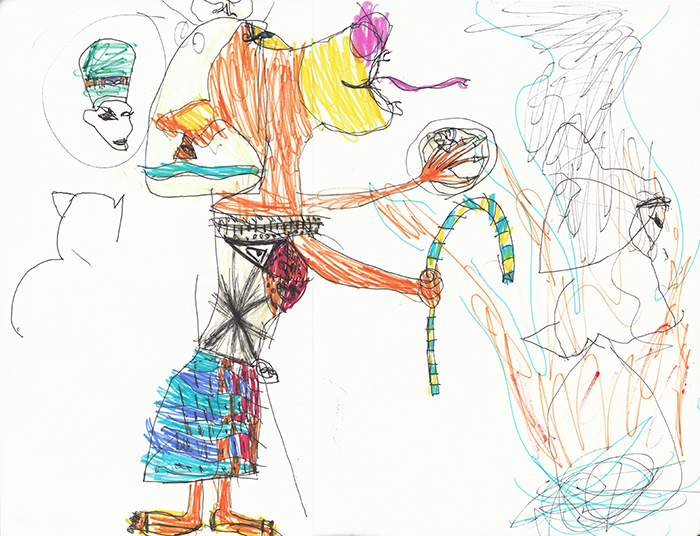SOUVENIRS FROM A VISIT TO A MUSEUM
Six month after shooting The Princess of France I found I had accidentally brought with me to New York the digital camera my mother lent me to use as a prop in the film. The camera was used during a scene in the National Fine Art Museum of Buenos Aires, in which Gabi Saidón’s character, Jimema, takes pictures of the exhibited paintings. I enjoy giving an actor a secondary activity that doesn’t have to do with the main action of a scene. In this case Jimema takes pictures of the Museum’s collection, throughout a scene between Ana and Victor. Here there is a page of the script:
11. INT – Museo Nacional de Bellas Artes – Day
VICTOR, ANA and JIMENA visit the empty halls of the Museum. They are talking as they each walk at their own personal pace past the paintings on display. Jimena takes pictures of the paintings with her small digital camera. Her interest in the actual works seems partial. The rooms are dark but the paintings are well illuminated. ANA seems rather distracted by a yet unexplained situation. She tries to keep the conversation easy.
VICTOR
Ana.
ANA
Oh, yes, sorry, here are the keys.
Make yourself at home.
VICTOR
Thanks.
ANA
Go home and take a nap if you´d like.
VICTOR
No, I’m fine.
JIMENA
I thought you were arriving next week.
VICTOR
Yes, I was.
ANA
If you had warned me, I´d have left them under the rug.
VICTOR
Don’t worry. I was nearby.
JIMENA
How are you doing?
JIMENA takes another picture. She doesn´t seem to pay much attention to the conversation.
VICTOR
I’m fine. Well, actually, so-so.
Have you seen Natalia lately?
ANA
No.
VICTOR
Is she seeing someone?
JIMENA
No idea.
ANA
Have you gone to Natalia’s?
VICTOR
Yes, but she wouldn’t let me.
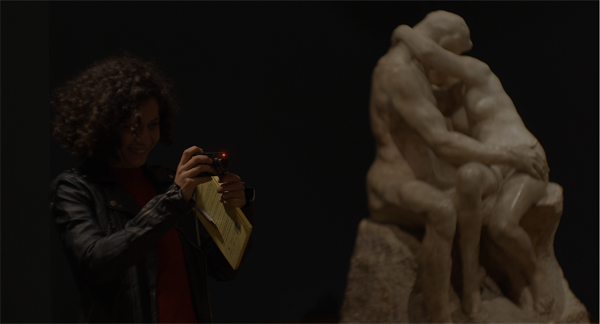
Still from THE PRINCESS OF FRANCE. Gabi Saidón as Jimena in the National Museum of Fine Arts, Buenos Aires, Argentina. August 2013.
The little red light in the still above shows that Gabi was actually taking the photographs, that her character, Jimena, says she is using for a personal catalogue. Months after the shoot, back in New York, I found these photographs still on the memory stick of my mother’s camera.
Below are three groups of photographs taken by Gabi Saidón, as Jimena, while we were shooting these scenes. They are not regular backstage photographs, there are the actual photos that the actress was taking from inside the scene, playing her role, take after take.
1. A painting: FLORÉAL by Louis Joseph Raphaël Collin.
TAKE ONE
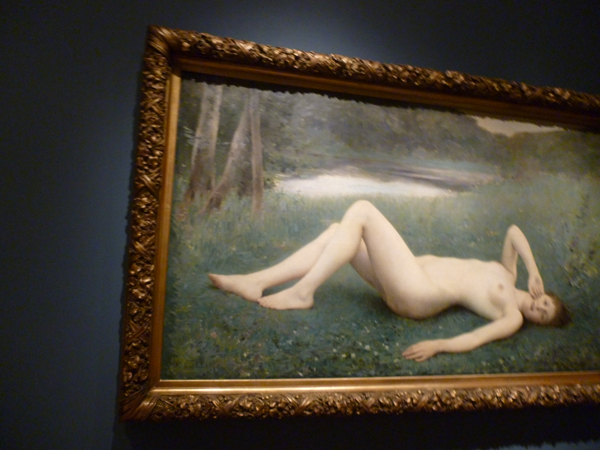
The oblique angle shows that Gabi is not in the right place for taking her picture but—presumingly—in the right place for the camera that is shooting her. Not much attention seems to have been given to her photography. It was the first scene, shot on the second day of shooting, and also, our first day in the Museum. It was early in the morning. I like doing many takes. Sometimes, it is the first one which is best, but this was not not the case.
TAKE TWO
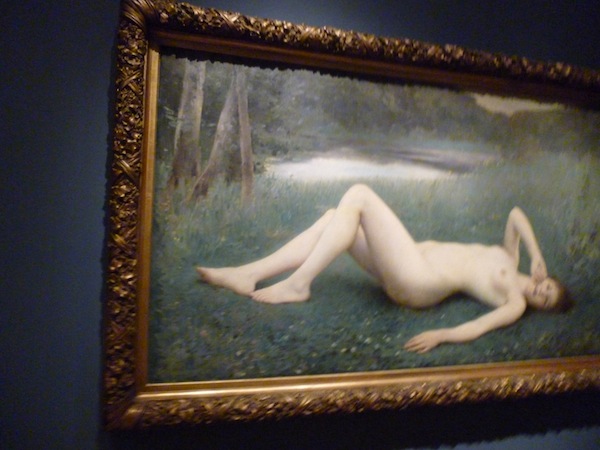
Same framing, more blurred. It seems as if we are repeating what was done before, maybe to understand more clearly what is not working. It’s a mechanical take, not a good one, but one to point out what to polish. In an attempt to start putting things in action, we tend to say: “Let´s rehearse by shooting”. I may have been more focused on the movements of the other actors, rather than in that of Gabi’s. Her character is somehow a satellite around those of María Villar and Julián Larquier Tellarini. Her position is the last to be taken care of. She is patient.
TAKE THREE
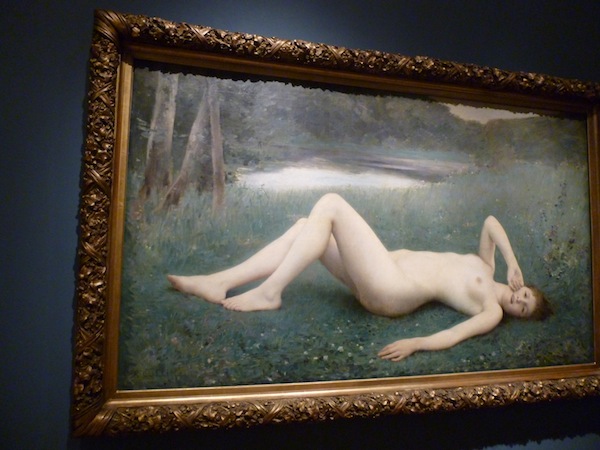
In focus, better framed. Here Gabi seems to be thinking about the photo she is taking. Maybe she’s entertaining herself while I dedicate more time to the other actors or maybe she starts feeling more in control of her role and actions. This photo could be suitable for her character’s catalogue.
TAKE FOUR
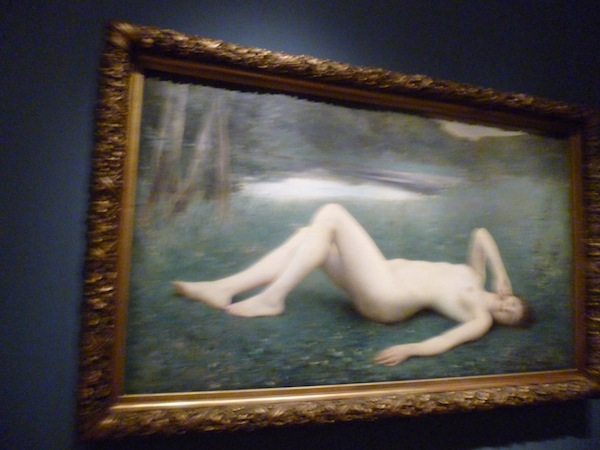
Movement. Gabi was asked to move as soon as she was taking the picture. Her photography has to give in for the benefit of the shot organizad by the DoP, Fernando Lockett and myself. The choreography between the three characters seems not to be working though. The battle of the verosímil. More takes were to come. I might have been confusing speed with rhythm.
TAKE FIVE
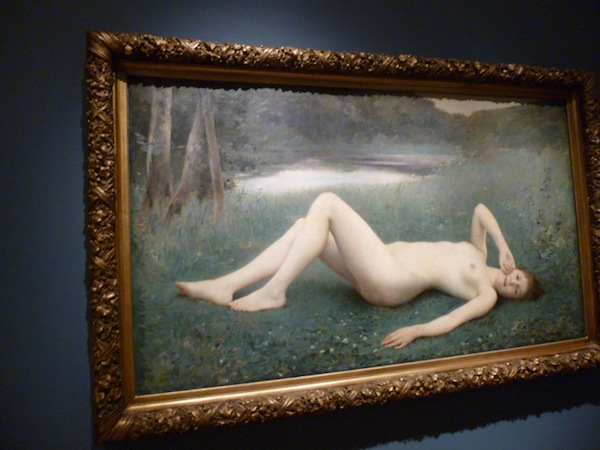
She first takes the photo and then she moves to her second position. It looks ridiculous if not. The angle is always complicated for her photo, but that doesn’t show in the camera that is capturing her.
TAKE SIX
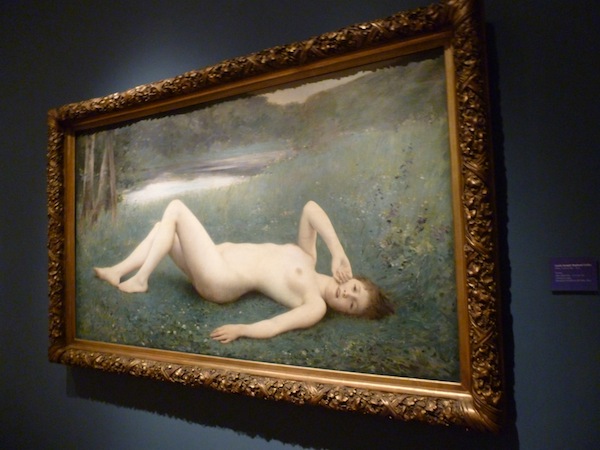
Changes. I changed her position so as to see if the problems that we were experiencing would solve themselves by having a different approach. There was no need from her to move after taking the photo. It would look fake if she did so. Her framing is much better and it is in focus. It is her best photograph. And still, the take was not good enough.
TAKE SEVEN
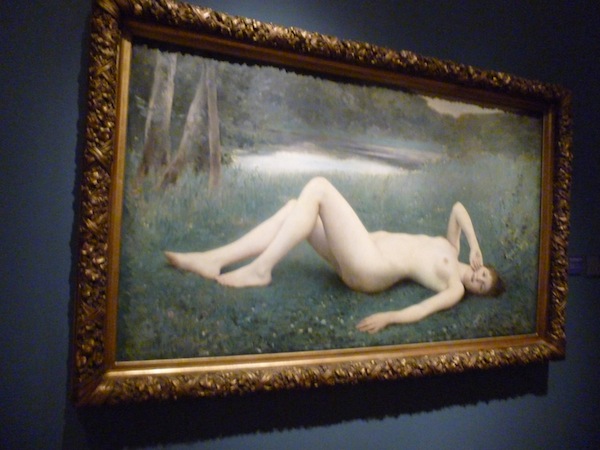
Back to previous position. Apparently, something was not working under the previous change. She might have been to far away from the other two actors, or maybe it was too problematic for the sound assistant to record her lines without appearing in the frame. However, Gabi took the framing from that previous take to this old position of hers. She incorporated it. Her photographs are getting better and I feel that as Gabi´s photography progresses, her performance and the scene progresses as well. I enjoy when the actions performed abandon the “as if” mode, which means that the actor starts doing the action instead of just doing pretending “as if” they would be doing it. In this case, Gabi goes from pretending “as if” she was framing and taking a picture of the painting, to actually photographing the painting, caring about the action she is carrying out for the sake of the action itself. The spectator may not realize this immediately, but I think it ends up showing in the frame; uncontrollable details are possible and it’s good for them to appear, bringing in some fresh air to the shoot.
TAKE EIGHT
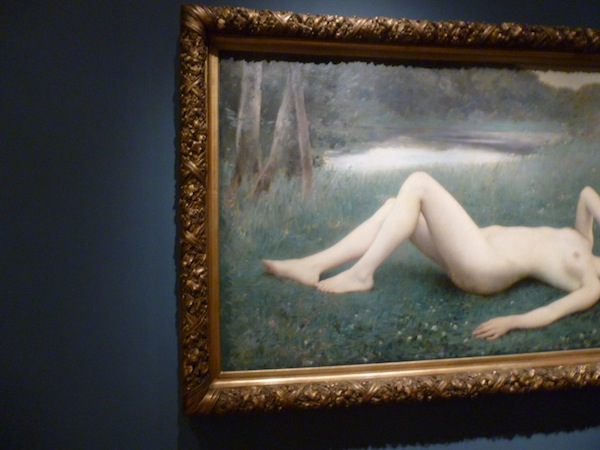
Back to the start: “as if”. Seeing this photo now, I realize I was a bit lost when doing this scene.
TAKE NINE
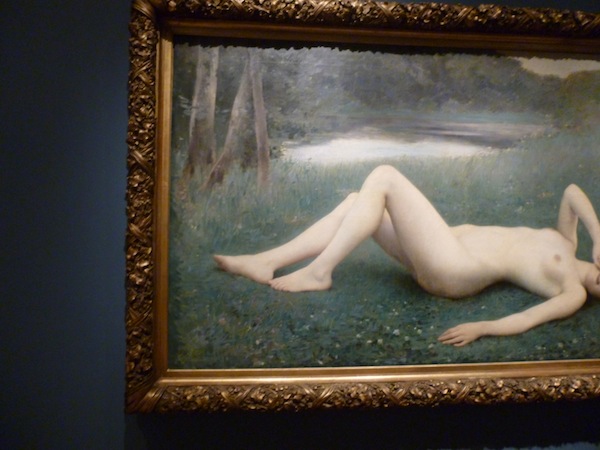
Last take. There´s nothing new in her photo, there might have been nothing new in our scene either. Maybe we ran out of ideas, or I was too confused or everybody was simply tired. Gabi’s photograph here is less accurate than the very first. I remember being worried about a silence between Julián and María, and about not finding the exact position for one of his final movements. Something was not going well. Again, this was the first scene, shot on that second day of shooting, in our first day at the Museum. We were still warming up. At take nine, I thought that we got it. Maybe I preferred to move forward to the next scene. We did have limited time to work there.
Months afterwards, while editing, I decided to cut this scene out from the film. There was something that was not working. It could have been a problem with the position of the actors in relationship with the delivery of the dialogue and the coherence of their actions. I don´t know. We’ll solve it in the next film. But it lacked its proper rhythm.
Lost in a borrowed camera, photos taken by Gabi Saidón/Jimena document the inner doubts, hesitations and decisions that made our working together.
After a screening of The Princess of France at Toronto Film Festival’s Wavelength, filmmaker and friend Jean-Claude Rousseau talked to me about a film he had once wanted to do with one of the painting he suddenly glimpsed in one scenes of my film. It would have been his first feature film, a fiction film. He was surprised to learn that the painting was now in Buenos Aires. He promised me to send me a picture of this abandoned project of his once he got back to his home in Paris. Eight years before, I promised to send him a series of three photographs he took with my analog camera in a visit to the Teotihuacan pyramids during a Film Festival in Mexico. I never sent him the photographs. I couldn’t find the negatives, nor the positives. I hope one day, back in Buenos Aires, I will find these photos and finally send them to him.
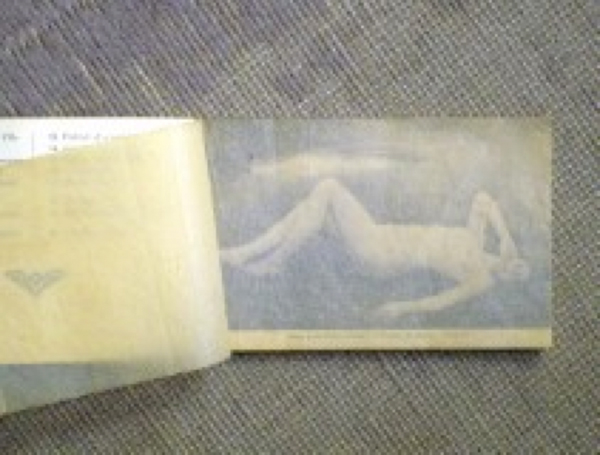
Photo by Jean‐Claude Rousseau
2. María and Julián around a statue.
TAKE ONE
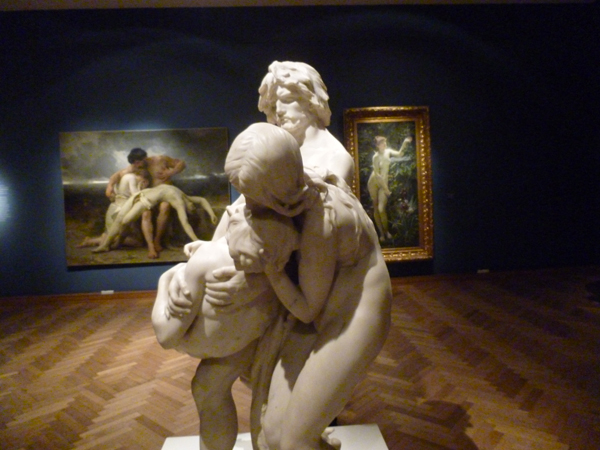
TAKE TWO
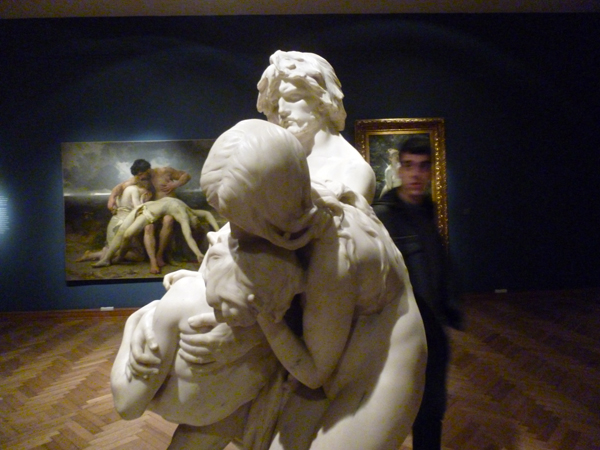
TAKE THREE
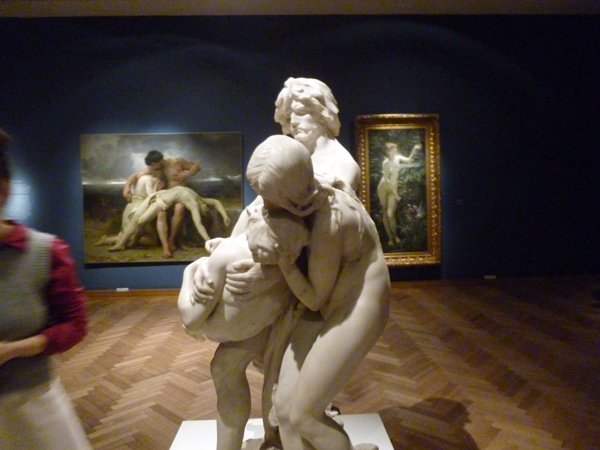
TAKE FOUR
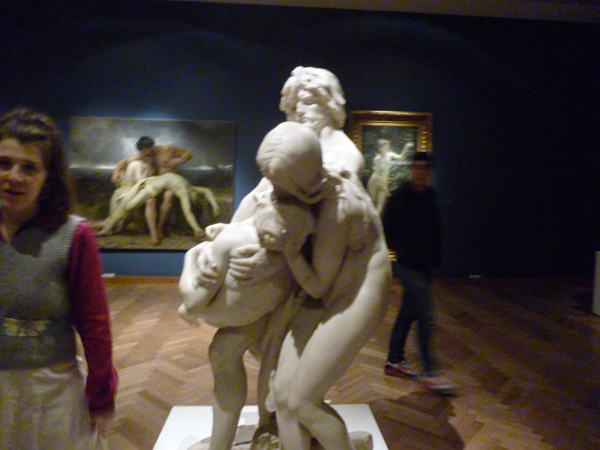
TAKE FIVE
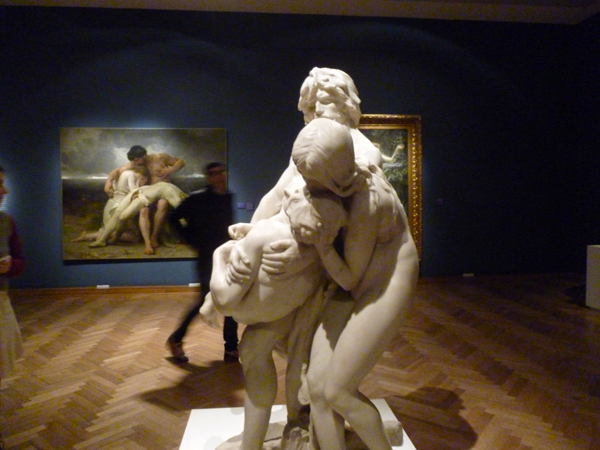
TAKE SIX
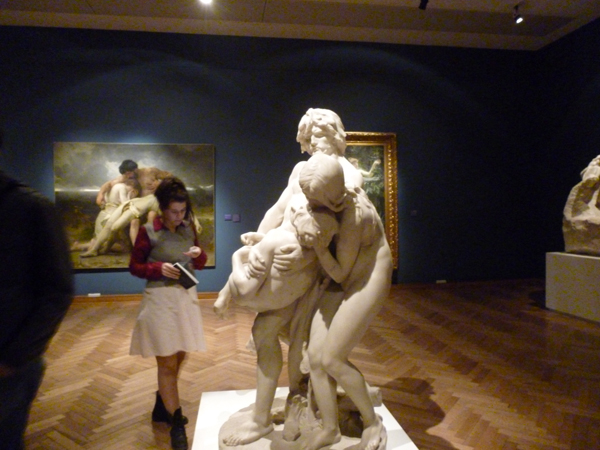
TAKE SEVEN
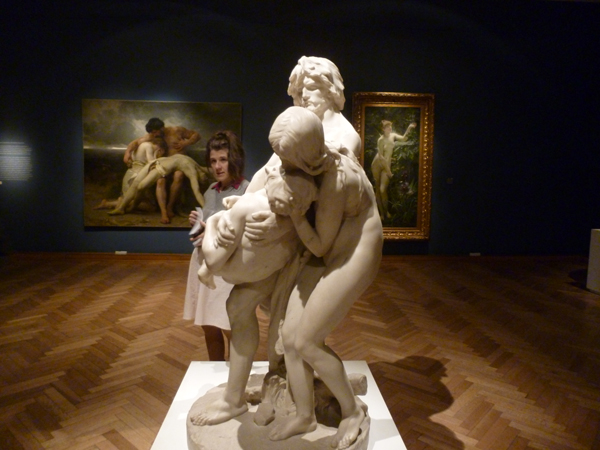
TAKE EIGHT
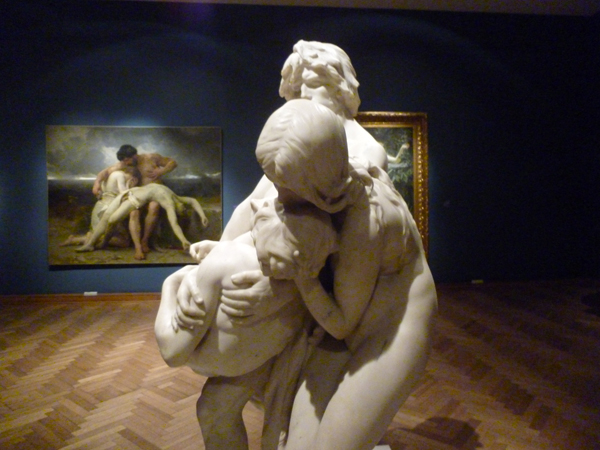
3. Dana, sound woman.
TAKE ONE
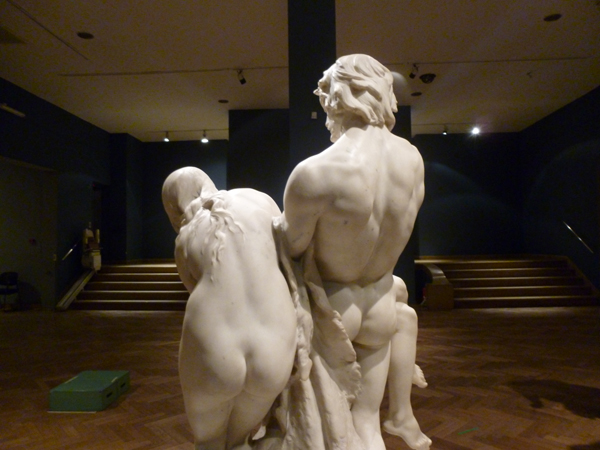
TAKE TWO
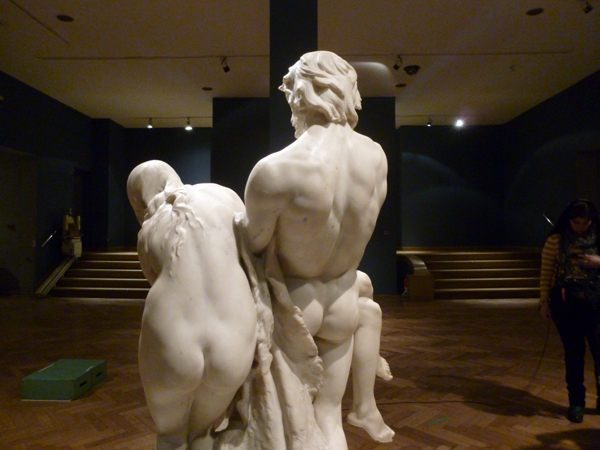
TAKE THREE
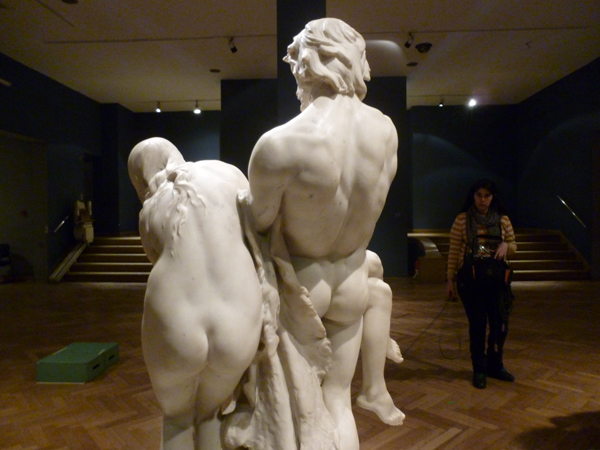
TAKE FOUR
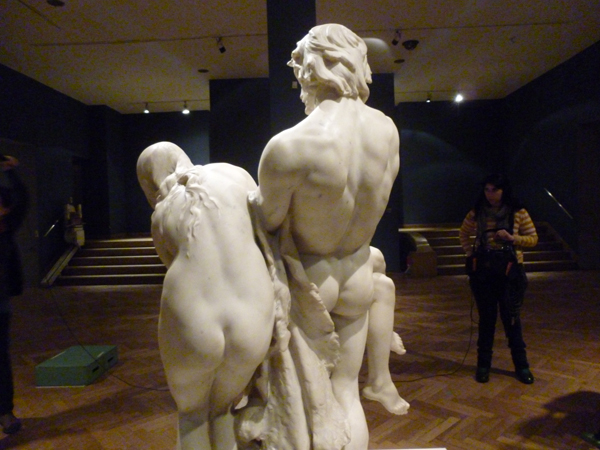
TAKE FIVE
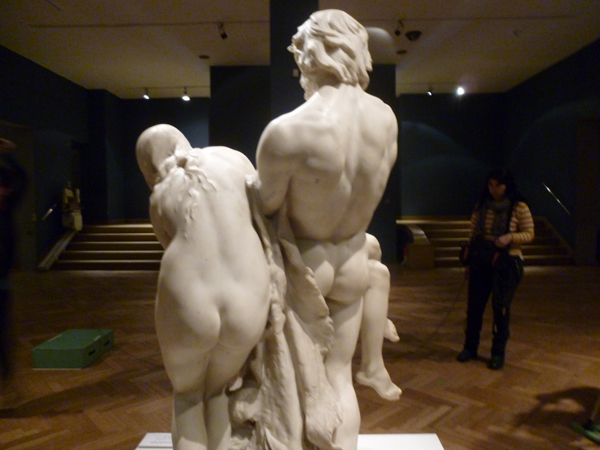
TAKE SIX
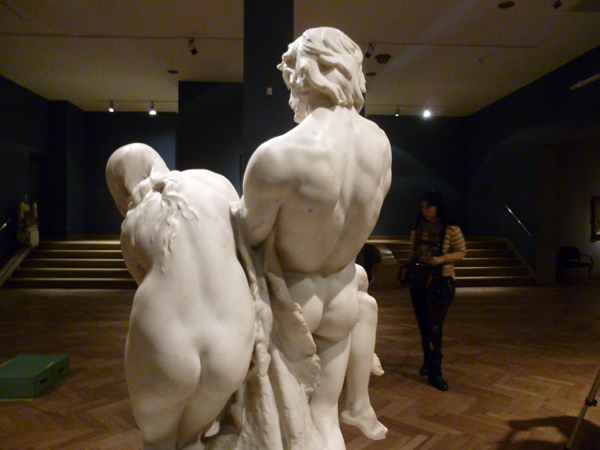
TAKE SEVEN
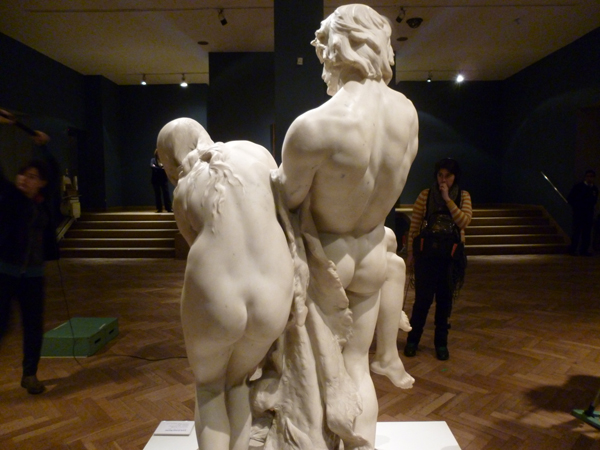
A very short film by Gabi Saidón:
All photos and video by Gabi Saidón, Buenos Aires, Argentina, August 2013.
—
Matías Piñeiro was born in 1982, in Buenos Aires, Argentina. He directed the short, Rosalinda (2011), and several features, including THE STOLEN MAN (2007), THEY ALL LIE (2009), and VIOLA (2012), which premiered at the Festival. His most recent film is LA PRINCESA DE FRANCIA (2014)

